The city turning lawns into pollinator meadows
In Vancouver, a city-led (and research-backed) initiative is converting chunks of park land into wilder ecosystems.
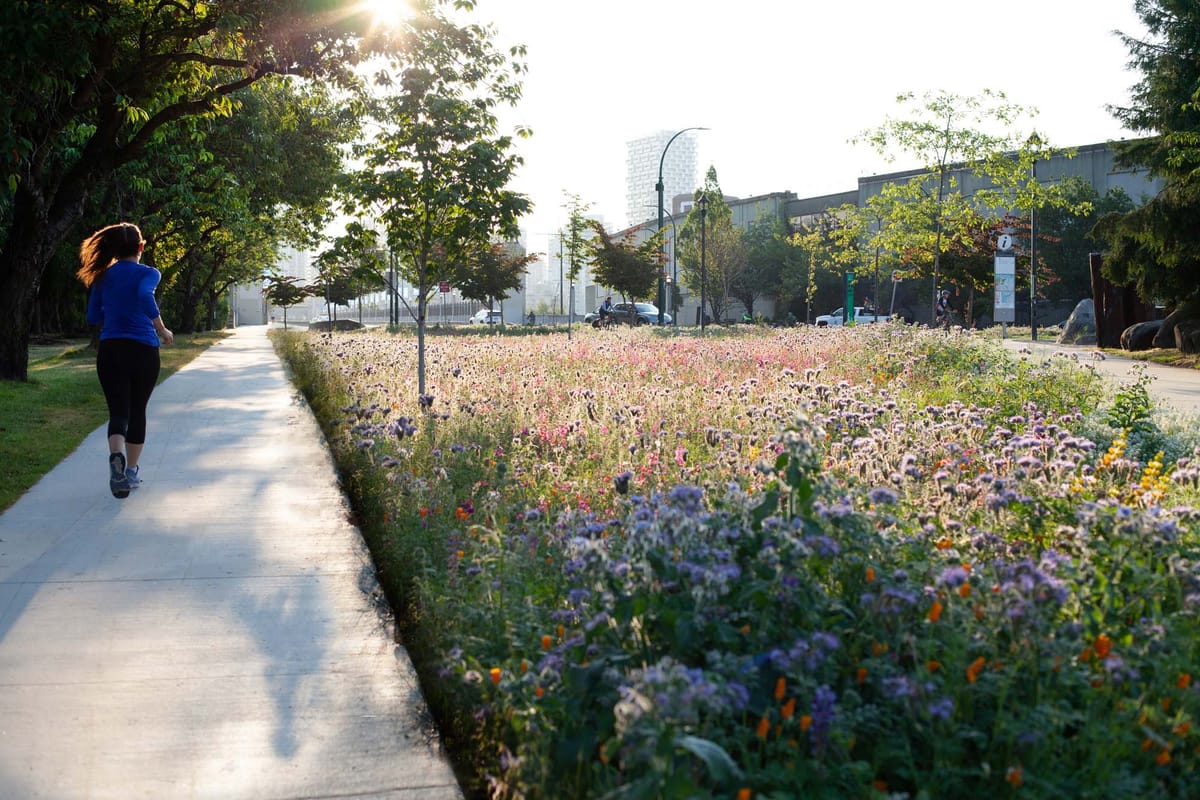
It’s the middle of August and as I drive along West 25th Avenue in Vancouver, I can’t help but wonder if the city has been derelict in keeping the 10-metre boulevard along the middle of the road maintained. There are distinct portions where the grass hasn’t been mowed. It is tall and spindly, browned by the hot summer sun and lack of rain. Amid this grassland, clumps of black-eyed susans, purple echinacea, dandelions and daisies punctuate the brown wave of overgrowth like bright exclamation marks.
What makes this cacophony harder to understand is that the rest of the boulevard is mowed and manicured – the quintessential hallmark of city maintenance. As I continue to drive along the roadway, a pattern begins to emerge – the wildflower and grassy areas repeat every couple of blocks. It becomes clear that something is happening here. The answer is revealed by the signage that the unkempt areas display. These patches of wild abandon are purposefully crafted habitats and foraging grounds for pollinating insects, part of the city’s Pollinator Meadows program: an initiative designed to rewild city boulevards and parks managed by the City of Vancouver’s Parks Board. It’s a program that, since its conception in 2020, has paid dividends.
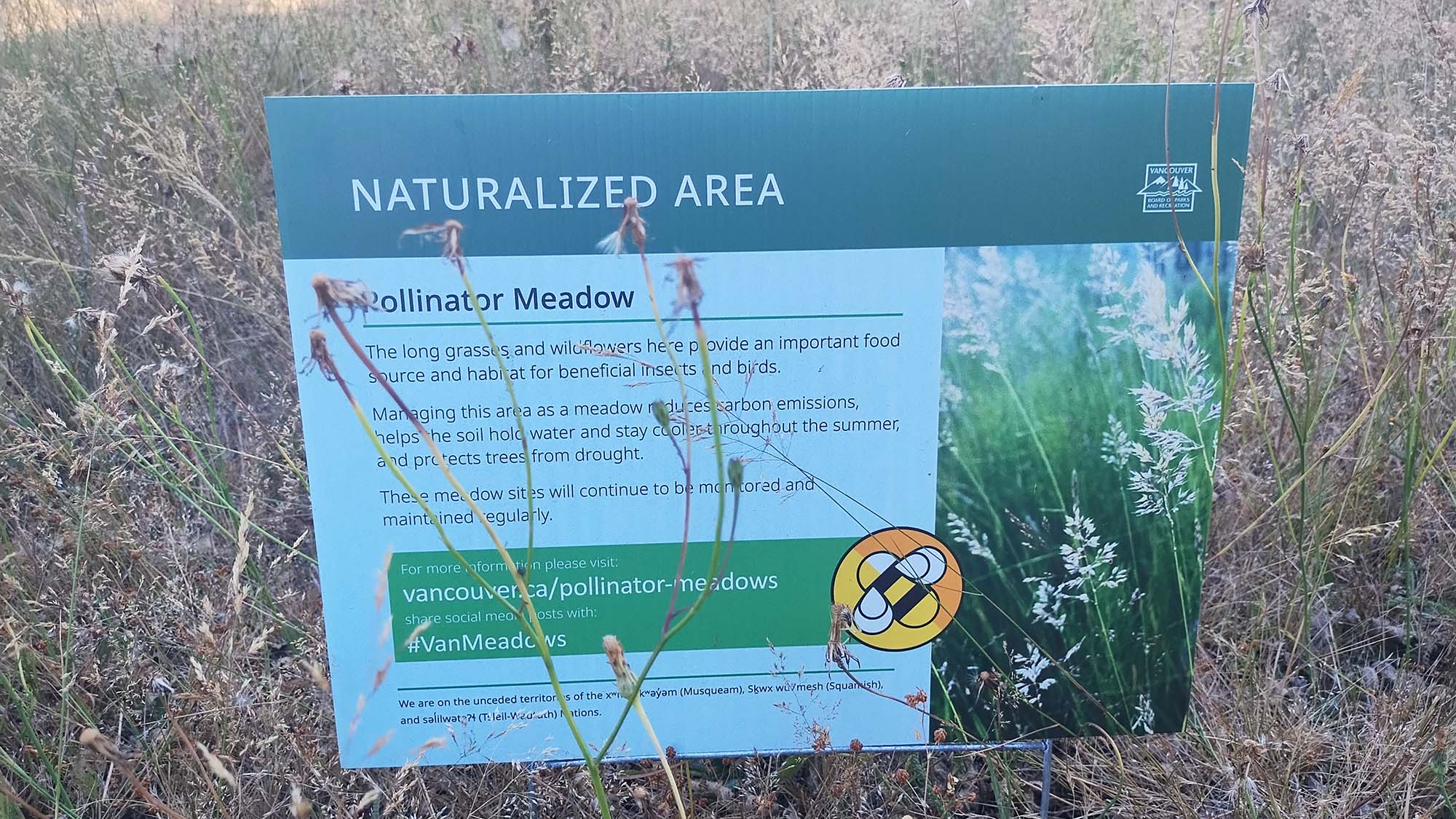
“In a normal park, we estimated there were about 30 species of wild bees,” says Jens Ulrich, a former University of British Columbia (UBC) PhD student who worked with the city between 2021 and 2024 to study the meadows’ ability to attract wild bees and hoverflies. “In a park with a meadow, we saw that number jump up to something around 60 species per park – per year.” A number that, according to Ulrich, remained stable throughout the second and third years of the study.
Unlike other urban rewilding projects, which are typically community led, these meadows have been spearheaded by bureaucrats and are publicly managed. I spoke with Jack Tupper, a Vancouver Parks Board landscape architect who has been instrumental in shaping the project, to learn more.

How did the project start and how did you become involved?
I started the research in 2015 when I was doing my master’s at UBC. I partnered with the Parks Board to grow different types of meadows, just to study them and see what the benefits were. I then started working for the Parks Board in 2020, and at that point, we decided to restart the same research to see what we could do from a Parks Board perspective.
We understood that having as much research as possible would be beneficial to the meadows project, as we really wanted to show all the various positive attributes that these meadows offer. We sent emails out to various universities and Ulrich responded.
What is the city’s goal?
There are 14,000,000 square metres of parks, boulevards and golf courses in Vancouver. Six million of that is lawn. We’ve transitioned 7 percent of that. We'll keep increasing as and when we can.
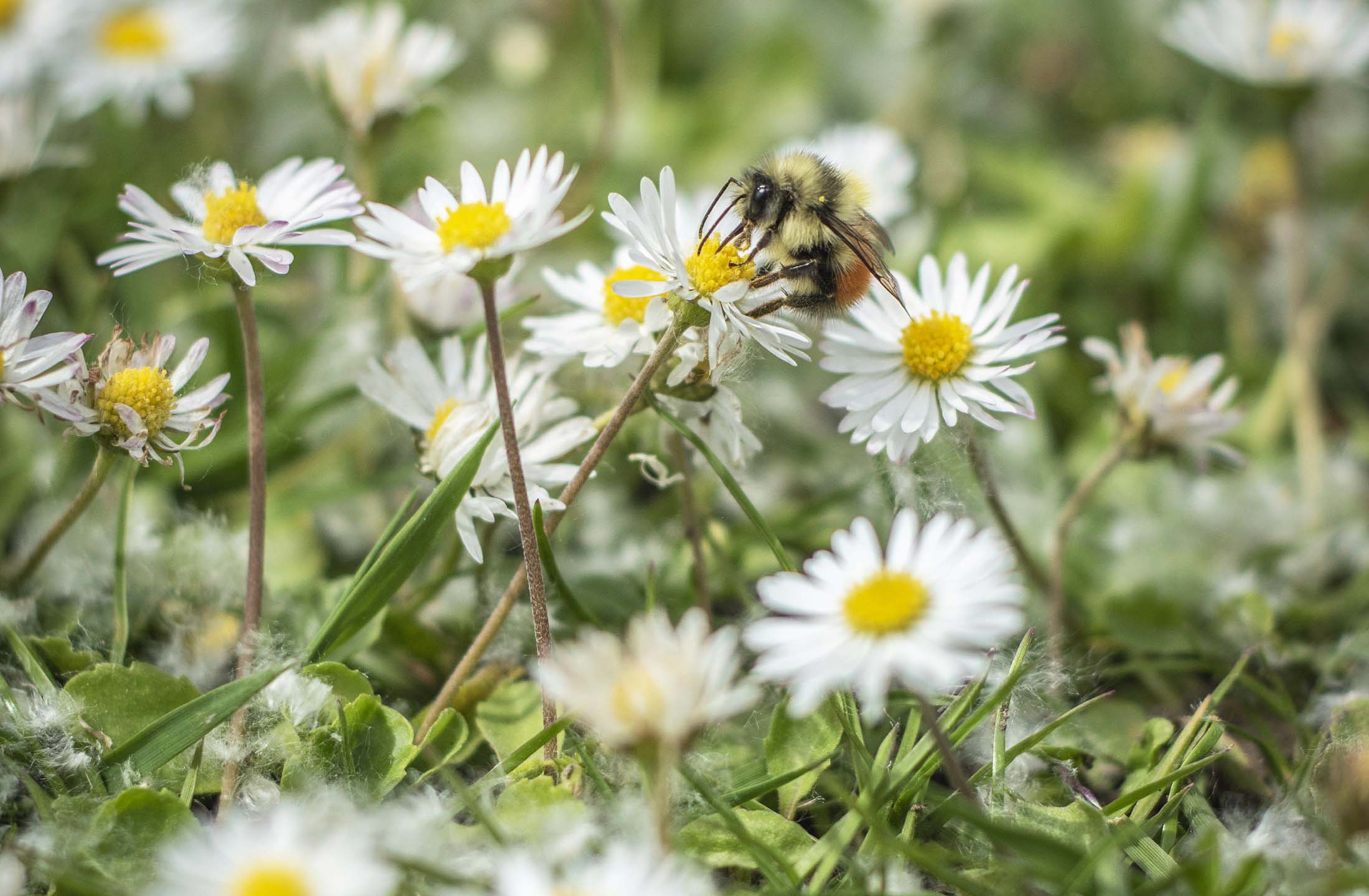
How have you chosen locations for the meadows? Some of them aren’t very large at all.
You have to choose the location very carefully. It has to be a minimum of 3.5 metres wide. This makes it feel much more intentional to the public. They always have to have clean mowed perimeters. That’s one thing that we enforce on all our sites.
The Native Bee Society of B.C. emphasizes that many wild bees have developed special relationships with native plant species. Some, for example, will emerge from hibernation as the plant blooms, knowing there is a food source available. How do the meadows cater to these needs?
We’re really trying to focus on native species, and some non-native that we know have benefits. The scale of the meadows project is so large that we can’t use one particular group of native plants. So for the last few years, we’ve tried various different mixes with native species. Depending on the setting of the meadow, we have to tailor a seed mix accordingly. We have to avoid some species like yarrow, even though it’s native, because it is very aggressive and can become clump-forming, which impacts sports fields.
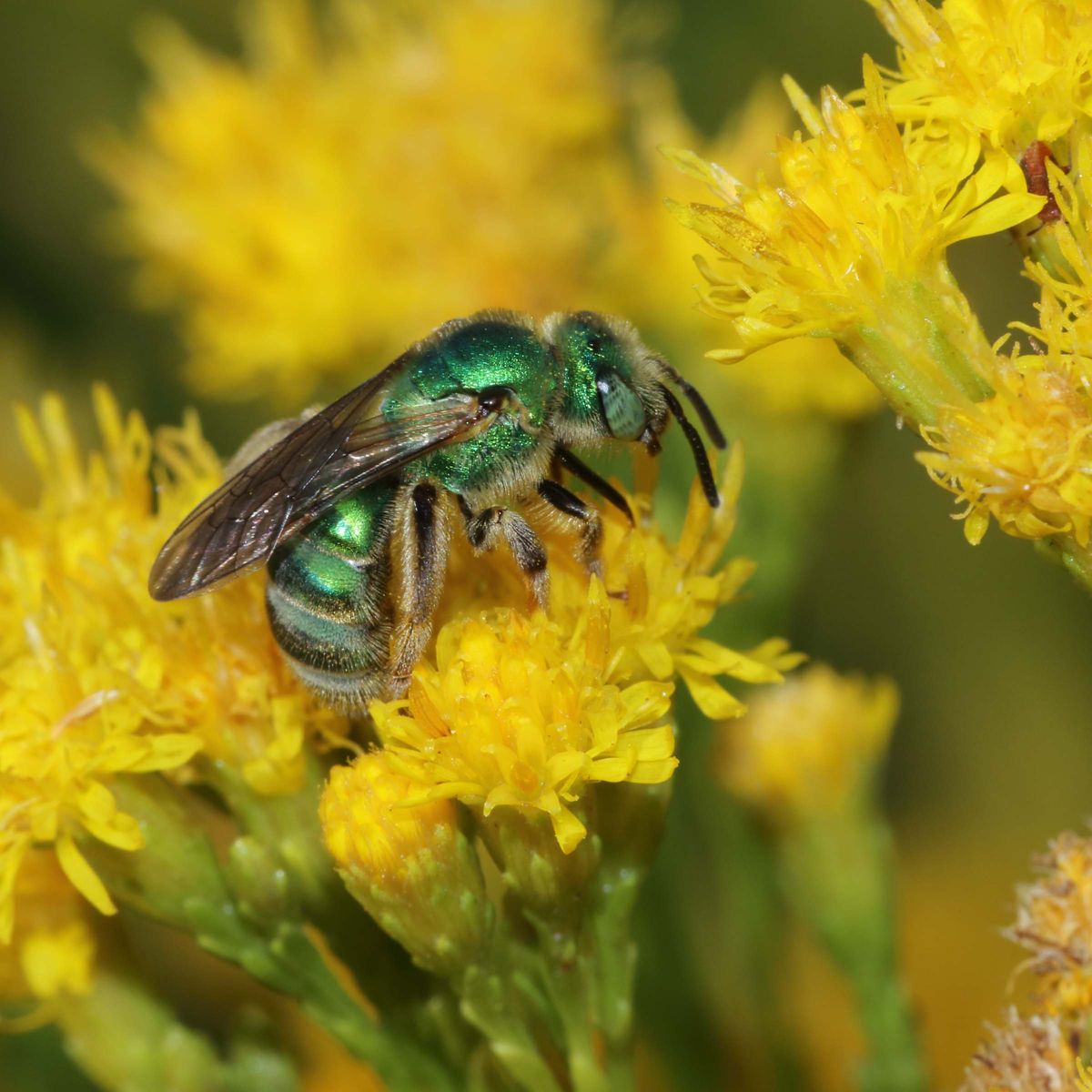
I noticed some of the meadows lean more toward grassland than wildflower. Grasses may not provide as much nectar or pollen, but they do offer shelter and nesting areas for pollinators, and their deep roots create small channels in the soil that help retain soil moisture. Was this part of the intention behind the grassland areas?
Operationally, as a city, we’re not able to afford wildflower meadows everywhere. It’s just too much work. We find that they often need reseeding every two to three, maybe four years. So sometimes we’ve removed the lawn entirely and other times we just let it grow. We studied the different types of meadows and we found that 100-percent wildflowers are obviously the most beneficial to pollinators because they have the most floral diversity. But if you just allow a lawn to grow, it has significant ecological improvements as well. One thing we have found is that the meadows hold significantly more moisture in the soil and at ground level, so the temperatures are cooler throughout the summer as there is more moisture in the ground.
Ulrich’s research suggests that woody plants native to B.C., such as Pacific ninebark and meadowsweet, not only provide pollen from their floral displays, but are easy to maintain and provide winter habitat for both insect pollinators and birds. Are there plans to incorporate this type of flora into the meadows?
We’re trying to work out how to do that because we have to mow down the meadows occasionally if there’s a fire risk or if we’re trying to do some work. We can’t have woody shrubs in the middle of meadows because then we can’t use the mowers to cut the meadows back.


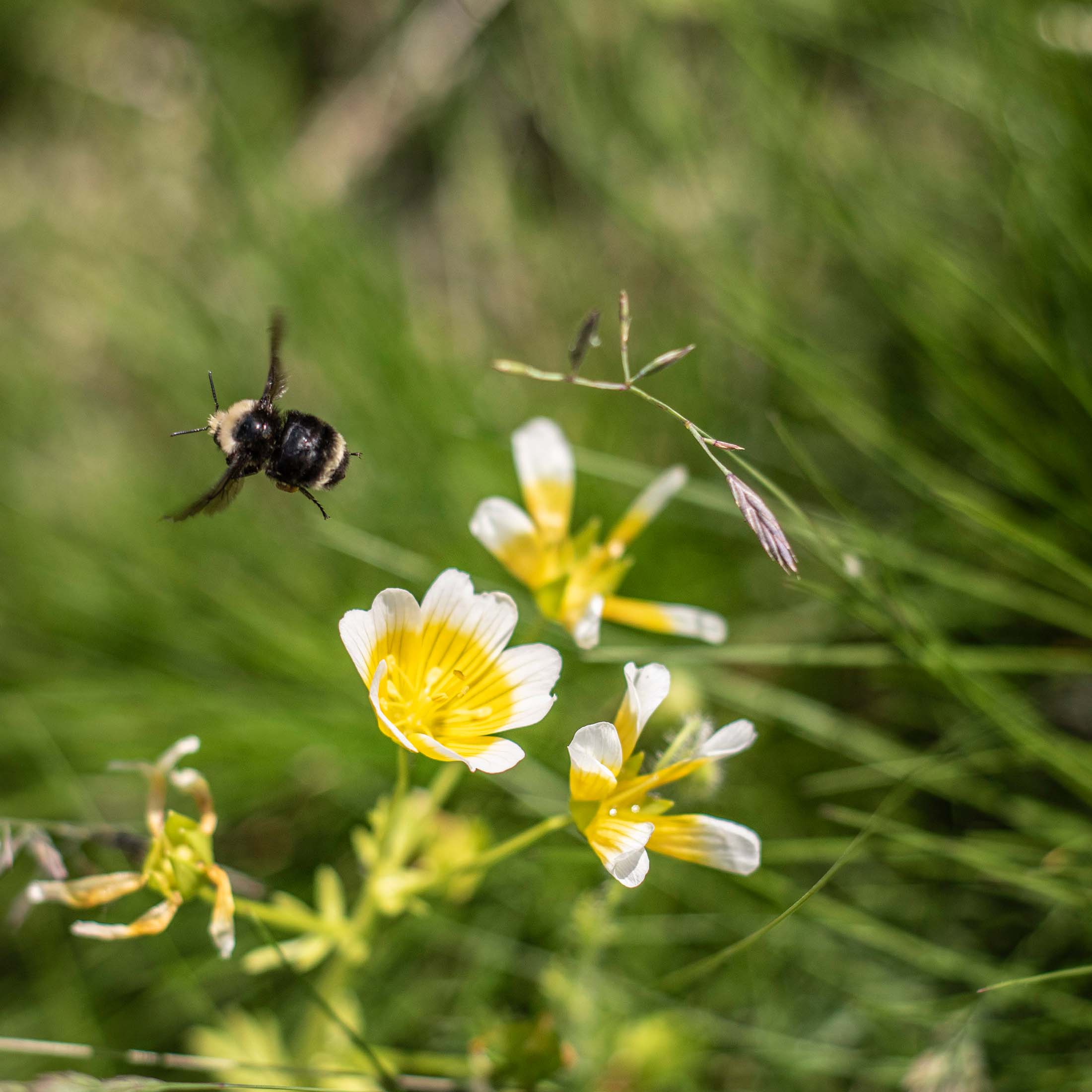

Photos: Flower and bee close-ups Jack Tupper; runner and park meadow Shannon Mendes.
I was curious about the meadows and walked onto the boulevard to explore. Is this allowed?
We’ve gone to great lengths to encourage sharing information, encouraging people into the meadows. We mow trails through the meadows, trying to say, This is not off limits – we want you to be in here.
Where do you see the project eventually going?
The City of Vancouver and the Parks Board both have long-term visions for the future of the city that talk about ecological corridors throughout. When you overlay the meadows on maps, they seem to be, without meaning to, the foundation of these future ecological corridors. I think they will stay and will become the first pieces of these ecological networks.

My final question to Tupper was if he had any advice for other communities or groups looking to start their own pollinator meadows. His answer was unsurprising: prioritize native plant diversity. He added that keeping the spaces too clean and orderly is also a detriment that can harm ground-nesting species that rely on leaf litter as cover, especially in colder months.
The meadows in Vancouver didn’t require anything special other than changing how the space was maintained and letting nature, as opposed to people, do the work. It’s an idea that is catching on. In North Vancouver, wildflower meadows have also been seeded on city-owned and -operated boulevards. According to Bonnie Zand, board member for the Native Bee Society of B.C. and curator of the B.C. Bee Atlas, last year the society surveyed these meadows and recorded 43 different bee species, including native ground-nesting sweat bees.
“A lot of us think of urban areas as being separate from where nature and biodiversity are,” says Ulrich. “I think it's really cool to see how just some small changes in cities can really make a difference.”






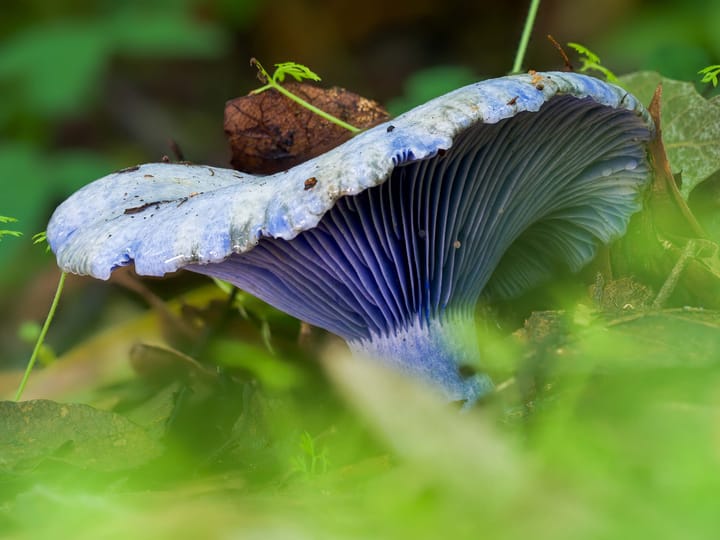
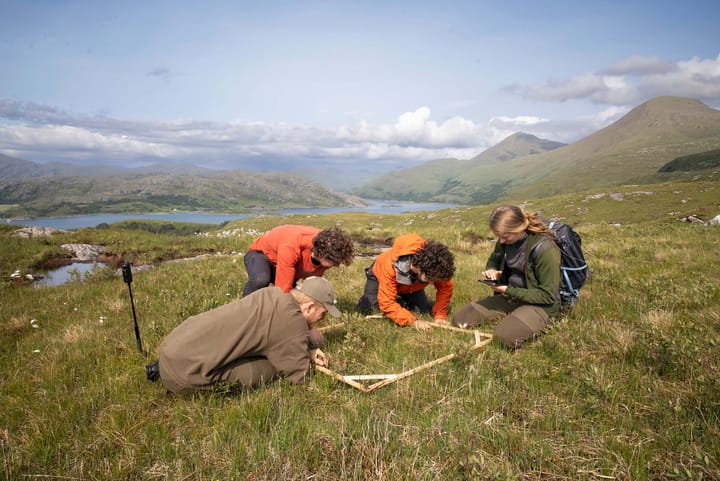

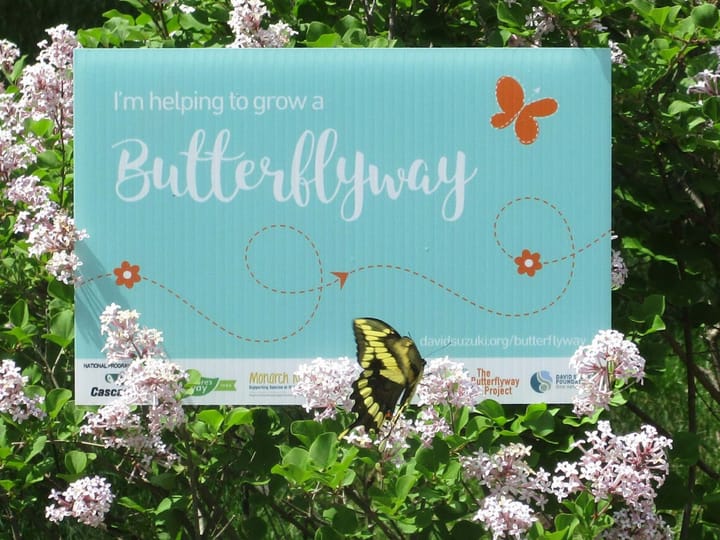

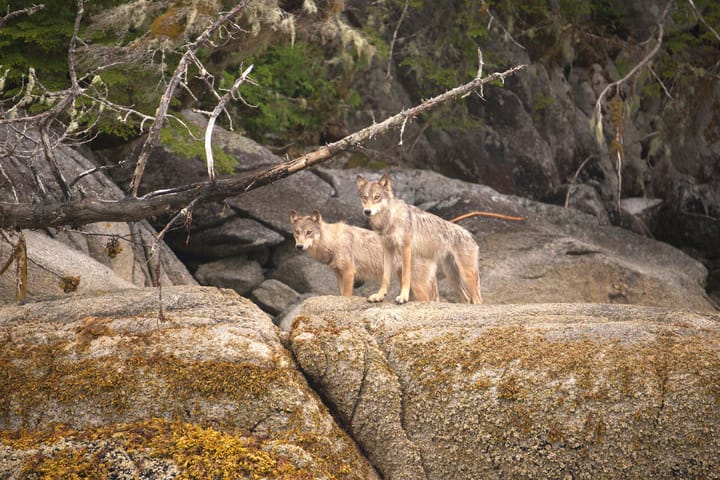
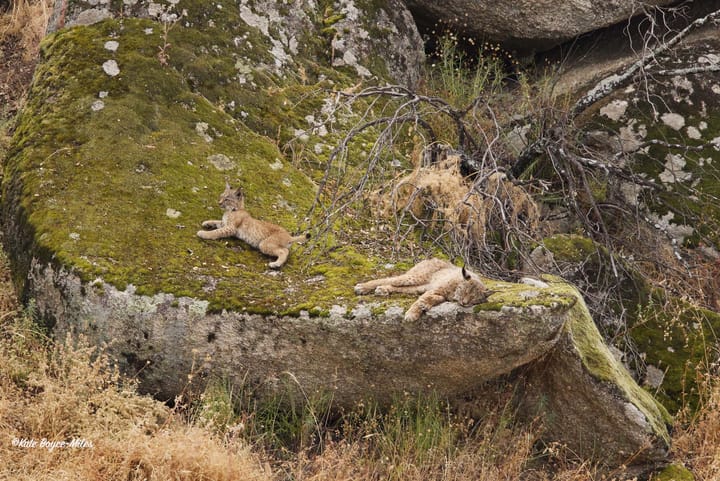
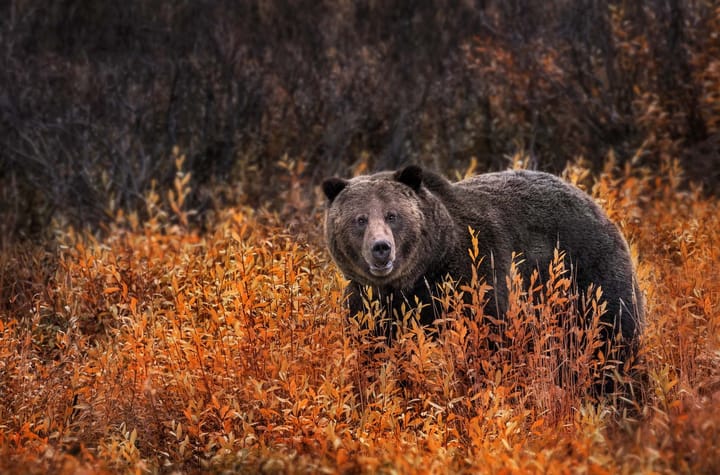
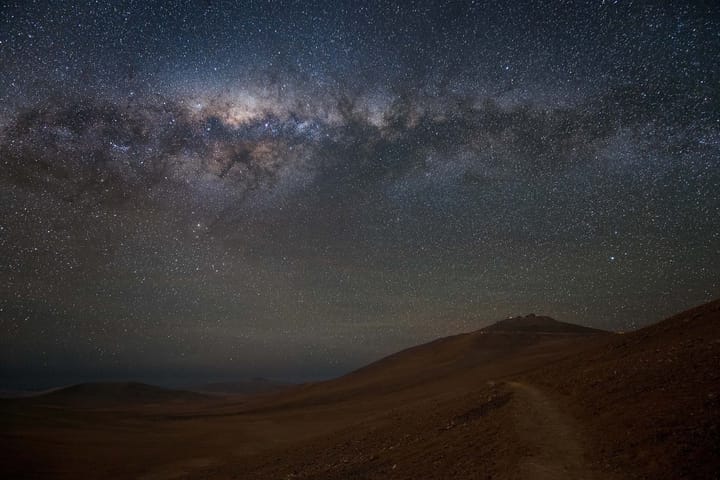

Comments ()